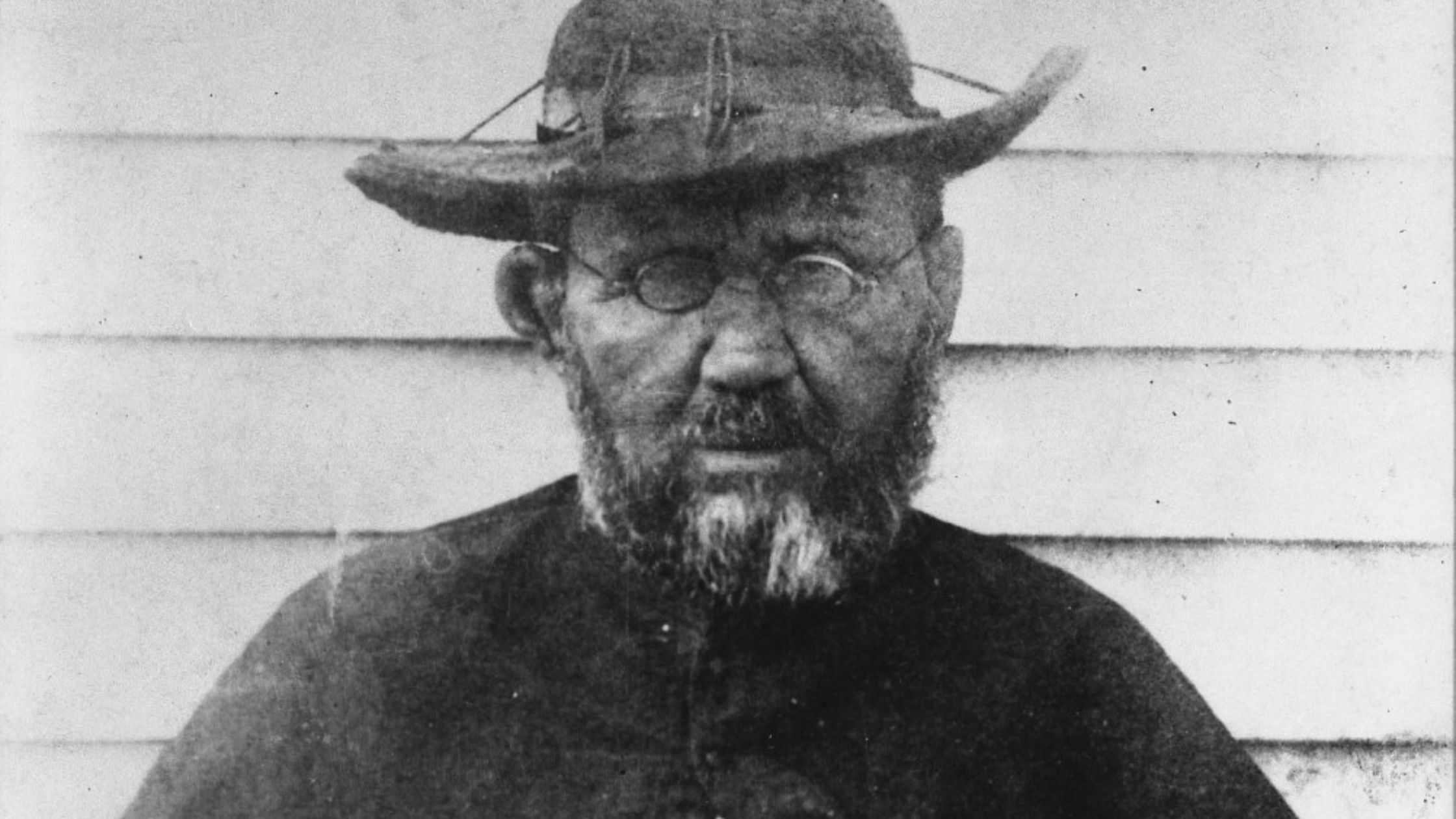One of the modern Church’s outstanding saints with regard to the fruit of generosity is St Damien of Moloka‘i. Born in Belgium, Damien is more associated with Hawai‘i, usually seen as a tropical paradise, but whose stunning landscape and lush vegetation hid terrible secrets and inhuman suffering: leprosy was raging among the native peoples. Believing the disease to be highly contagious, and terrified of an epidemic, the authorities established a leper colony on the remote Kalaupapa peninsula on the island of Moloka‘i. Separated from the rest of the island by cliffs and surrounded by treacherous sea currents, the peninsula was a natural fortress, a prison for the sick and dying. In reality it became a hellhole. Deeply concerned for the souls of those abandoned to die on the peninsula, the Catholic bishop of Honolulu, Bishop Louis Désiré Maigret, issued an invitation for priests to consider volunteering to spend three months ministering to the sick and dying there. Among the volunteers was Damien who volunteered to be the first. As he left for his three months, the bishop warned him not to touch the lepers, otherwise he might catch the disease and have to stay. In reality this was what Damien intended – with generosity of heart, the young priest was going to sacrifice his life for the lepers.
Damien embraced the lepers, not just physically, but spiritually and emotionally: he was their father. He gave of himself without measure. He believed all things were possible – the fruit of generosity had planted in him an eternal hope and the tenacity to ensure that hope was fulfilled. He administered the sacraments and formed souls, but he also cared for the lepers, tended their sores, fed them and made them as comfortable as he could. He prepared them to die; and when they died he made their coffins and buried them. He built them proper homes, an infirmary, and an orphanage for the children. There were many children thrown onto the island to fend for themselves; Damien took them under his wing and helped them live out as well as they could whatever life was left to them.
Damien spared nothing for his children, and was tenacious in demands for more money, more resources, more food and more volunteers, but his tenacity often infuriated his superiors. While the bishop who originally sent him to Moloka‘i, Bishop Maigret, was determined to get Damien whatever he needed, his successor, Bishop Hermann Koeckemann, was not as indulgent. He and Damien’s religious superior, Fr Léonor Fouesnel, were often frustrated by Damien’s constant demands, usually delivered in his rough and peasant way. They were not bad men, indeed both did a great deal of good for poor Catholics in Hawai‘i, but they too were encountering an immovable and awkward force: a saint on fire with the Spirit and extraordinary generosity who expected an endless bounty and was determined to get it. They failed to see that Damien’s insistence was not just stubbornness, but the Spirit speaking through him and pushing them to the limits of generosity.
This is a point to be noted for those growing in the fruits of the Spirit: when the fruit of generosity has taken possession of a soul and is nourishing it to produce a bountiful harvest among those served, this can create difficulties in others who are not as advanced in or privy to the workings of grace in a particular context. These servants of the Spirit will be misunderstood, even by people in the Church, even by Church officials who know the theology of the Spirit but can at times fail to see it at work around them. But in such cases, the fruit also serves to feed and sustain the soul in grace as it continues its work in difficult situations, and such was the case with St Damien. He was frustrated by his superiors, at times overwhelmed by the situation of his lepers, and angry at the tardiness and bureaucracy of the government and Church to meet their needs. Did he go too far? At times, yes; but the lepers, his children, had the first claim on his heart and he cannot be faulted for constantly thinking about them and working out what he needed to get for them. It was a father’s love and the zeal which the fruit of the Spirit nurtured in him.
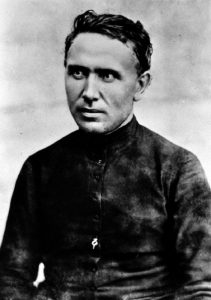
Father Damien in 1873 before he sailed for Hawaii
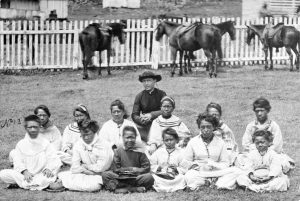
Father Damien with the Kalawao Girls Choir during the 1870s.
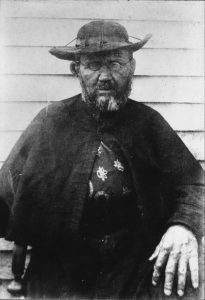
Father Damien in 1889, weeks before his death.
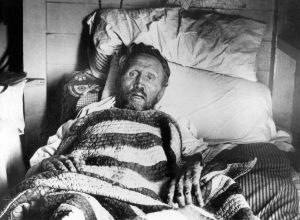
Father Damien on his deathbed
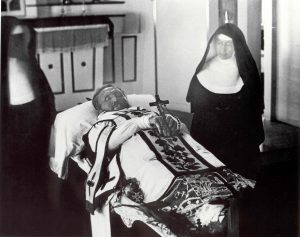
St Marianne Cope standing beside Father Damien’s funeral bier
Continue Reading About the Generosity of the Saints
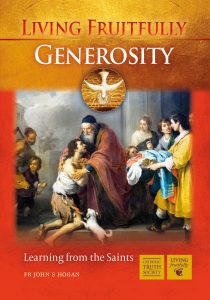 This story from the life of St Damien of Molokai is extracted from our book Living Fruitfully: Generosity. Using examples from the lives of the saints, including St Teresa of Calcutta, St Damien of Molokai, and Venerable Edel Quinn, this title reveals how generosity is given to us so that we are able to fulfil Christ’s command to love God with all our heart, all our mind and all our strength, and to love our neighbour as ourselves
This story from the life of St Damien of Molokai is extracted from our book Living Fruitfully: Generosity. Using examples from the lives of the saints, including St Teresa of Calcutta, St Damien of Molokai, and Venerable Edel Quinn, this title reveals how generosity is given to us so that we are able to fulfil Christ’s command to love God with all our heart, all our mind and all our strength, and to love our neighbour as ourselves
Discover more examples of how we can live the fruit of generosity by ordering your copy of Living Fruitfully: Generosity today.
